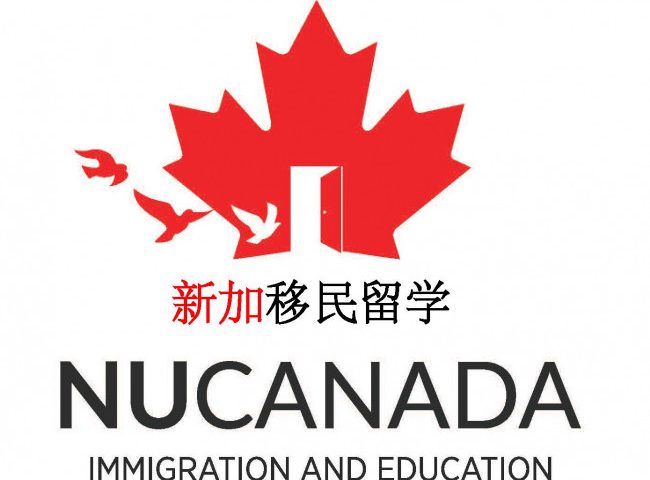内容介绍
学术抄袭(plagiarism)是指使用他人的文字或想法而没有正确地引用原作者。有时Plagiarism涉及故意窃取别人的工作,但也有时候是由于引用不当导致的。当你写一篇学术论文时,通常会以别人的研究为基础,使用各种来源的信息/数据。为了避免Plagiarism,你需要正确地将这些资源整合到你的论文中。
遵循以下四个步骤可以确保你的论文没有Plagiarism:
- 记录下你在研究中参考的资料来源。
- 转述或引用你的来源(并添加你自己的想法)。
- 在引文和参考文献列表中注明原作者。
- 在提交之前使用plagiarism checker/查重。
Plagiarism可能会有严重的后果,例如直接被判为0分,情节严重的甚至会被开除学籍。所以同学们请确保你写的每一篇论文都遵循这些步骤,以避免Plagiarism。
1. 编制引用列表,记录信息来源
当你做研究和为你的论文做笔记时,确保记录下每条信息/数据的来源。以防由于忘记该信息/数据非原创,忘记标出处,而被认为是Plagiarism。
在论文的撰写过程中,通过编制一个引用列表(a list of citations),你可以很容易地避免犯上面的错误,而且保持你的笔记有条理。跟踪你所引用的每一个来源——不仅包括书籍和杂志文章,还包括网站、杂志文章和视频。然后你可以很容易地返回并检查你想在你的论文中使用的短语、事实或观点的位置。
2. 引用Quote 和改写paraphrase
当你写论文的时候,如果你想分享一个观点或来自某个来源的一段信息,你必须引用(Quote)或改述(paraphrase)原文。
引用Quoting
引用是指一字不差地抄写一篇文章。复制的文本必须以你自己的语言介绍,用引号括起来,并正确地标注原作者,例如:
According to Cronon, the concept of wilderness is a cultural invention: “Far from being the one place on earth that stands apart from humanity, it is quite profoundly a human creation—indeed, the creation of very particular human cultures at very particular moments in human history” (1995, p. 69).
改述Paraphrasing
改述Paraphrasing是用你自己的话来解释某一来源的东西,它允许你只给出一篇文章中最重要的信息。例子:
原文:
“Go back 250 years in American and European history, and you do not find nearly so many people wandering around remote corners of the planet looking for what today we would call ‘the wilderness experience.’ As late as the eighteenth century, the most common usage of the word ‘wilderness’ in the English language referred to landscapes that generally carried adjectives far different from the ones they attract today. To be a wilderness then was to be ‘deserted,’ ‘savage,’ ‘desolate,’ ‘barren’—in short, a ‘waste,’ the word’s nearest synonym. Its connotations were anything but positive, and the emotion one was most likely to feel in its presence was ‘bewilderment’ or terror” (Cronon, 1995, p. 70).
改写文本:
Before the 18th century, the word “wilderness” had very different associations than it does today. Far from being tourist attractions, wilderness areas were considered bleak, barren places that inspired fear and confusion—landscapes to be avoided rather than actively sought out (Cronon, 1995, p. 70).
被认为是学术抄袭的文本(Plagiarized text):
What today we would call the wilderness experience was not always so popular. As late as the eighteenth century, ‘wilderness’ in English most commonly referred to landscapes that carried far different adjectives than today, such as deserted, desolate, and barren. “Waste” was the word’s nearest synonym. It had negative connotations rather than positive ones, and was associated with emotions like bewilderment and terror (Cronon, 1995, p. 70).
在改写文本的例子中,作者对主要观点进行了重新措辞和浓缩;信息的顺序和句子结构都发生了变化。在学术抄袭的例子中,虽然文本并不完全相同,但是使用了很多相同的短语,并且信息以相同的顺序和结构呈现出来。即使有引用,这篇文章也很可能被标记为学术抄袭。为了避免在转述时被认为是抄袭,你需要确保你的文本和原文不相似。
引用 VS改写
一般来说,改写比引用好,特别是对于较长的段落。这表明你已经完全理解了原文的意思,并确保你自己的写作在你的论文中占主导地位。
但在以下情况下,引用是合适的:
- 你使用的是原作者所介绍的精确定义
- 对原文进行重新措词会影响意思的准确表达
- 你要保持作者文字的权威性和风格
3. 引用原文
每次引用或释义时,你必须包括一个文本引用in-text citation或脚注引用(footnote citation),表明原作者,它通常还包括出版年份和页码。每条引用必须与论文末尾的参考书目或参考书目中的完整参考文献相对应,这详细说明了信息的来源,让你的读者自己找到来源。
有许多不同的引用风格,每一种都有自己的引用规则。其中最常见的包括APA, MLA和Chicago Style。最重要的是要在整个文本中始终如一地应用一种风格。
4. 使用plagiarism checker查重
大多数大学使用plagiarism checker来检测学生论文中的重复率。这项技术会扫描你的文档,将其与一个巨大的出版物和网站数据库进行比较,并突出显示与其他文本过于相似的段落。
在提交论文之前,你可以自己查重。这可以让你识别出任何你忘记引用、遗漏了引号或包含了与原文太接近的释义的地方。然后你可以按照上面的步骤轻易地修复任何不合规的引用。
以免被判抄袭,可以在论文的撰写过程中自问以下Checklist:
- 当我使用别人的原话时,我已经将它们格式化为引用。
- 当我使用别人的想法时,我已经恰当地转述了,用我自己的话完全表达了这个想法。
- 每当我使用某个来源的单词、观点或信息时,我都会在其中加入一个文本引用。
- 我引用的所有资料都包含在参考书目中。
- 我一直遵循我要求的引用风格的规则。
- 我没有使用前一篇论文(部分)的自我抄袭行为。
- 我使用了一个可靠的plagiarism checker作为最后检查。
票据信息
票数








